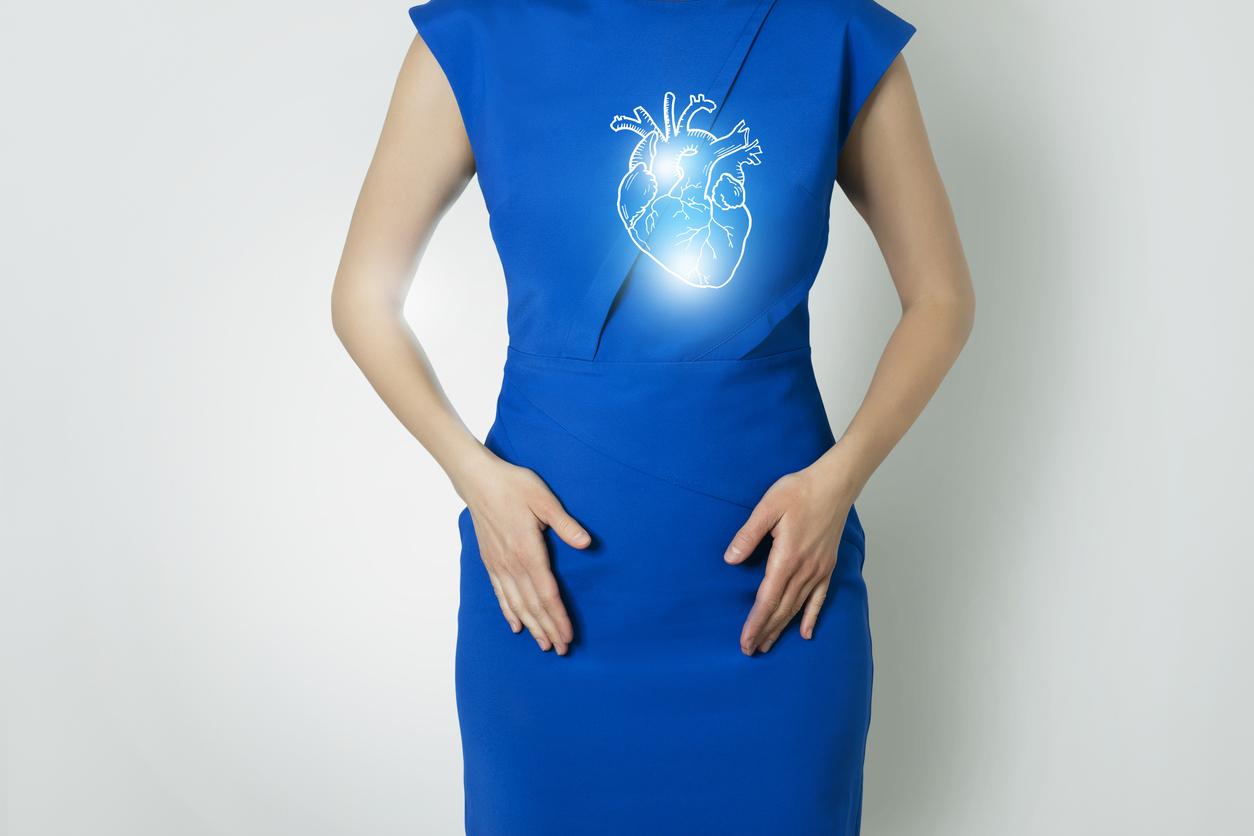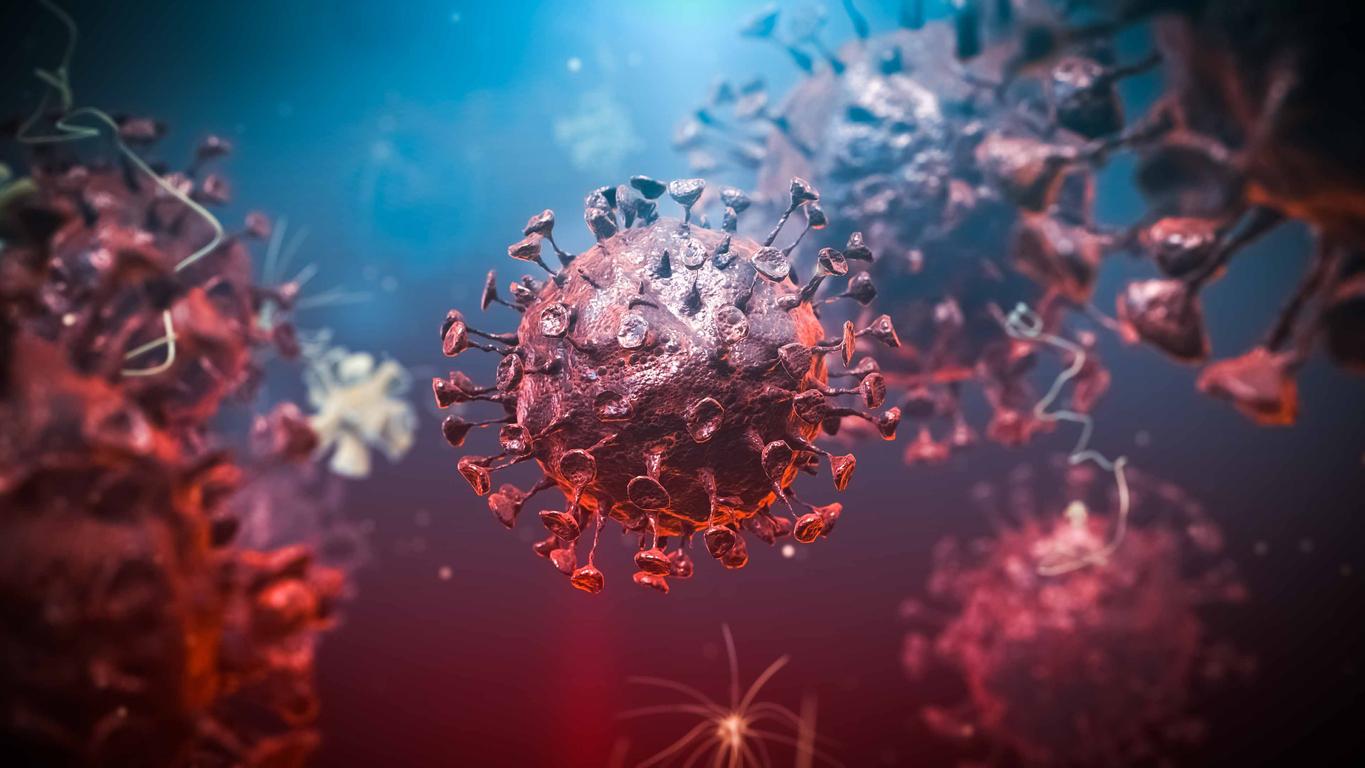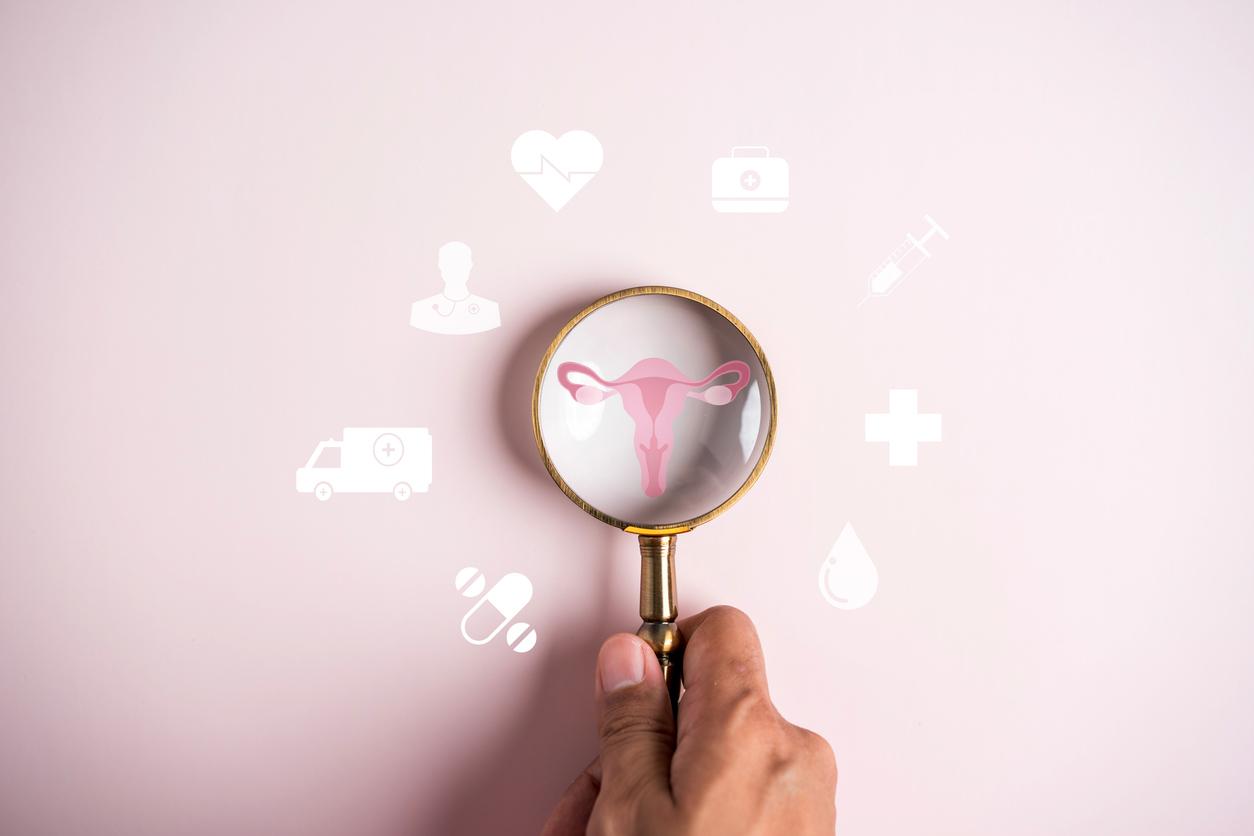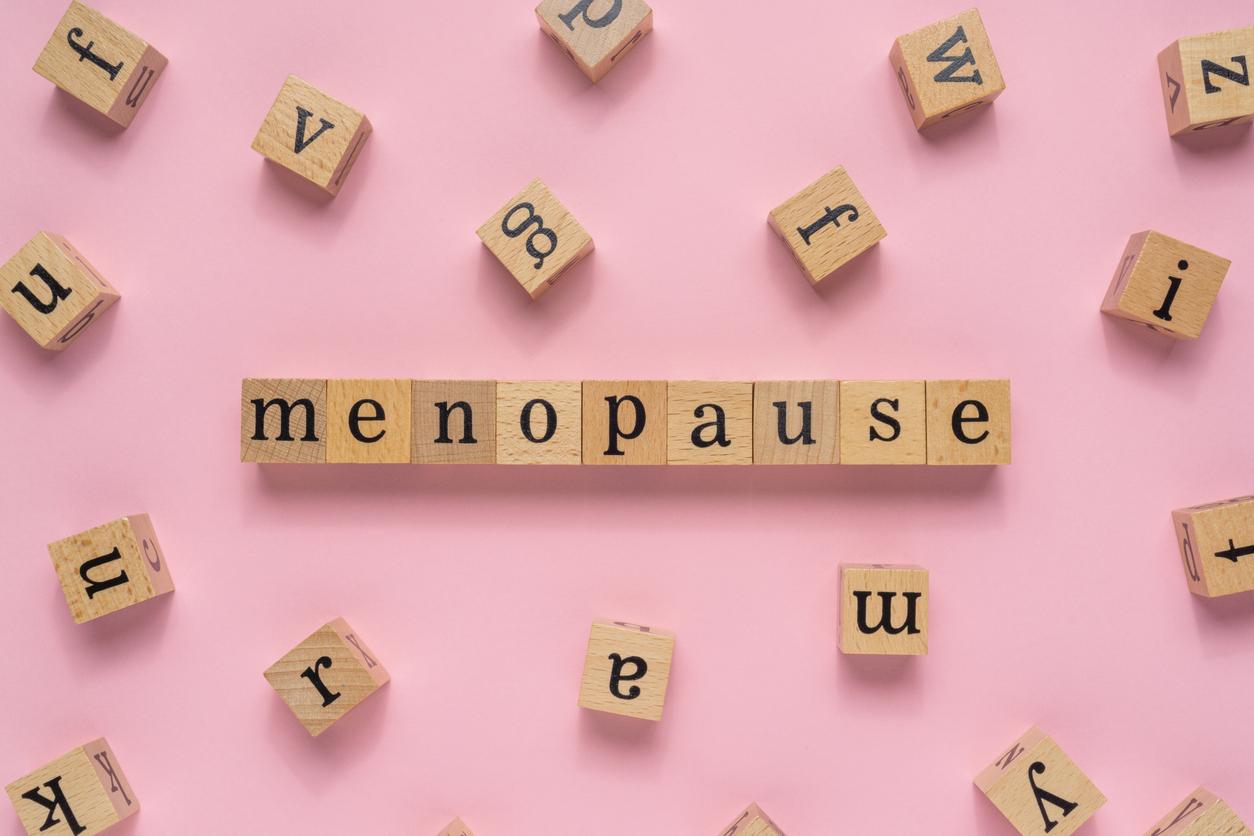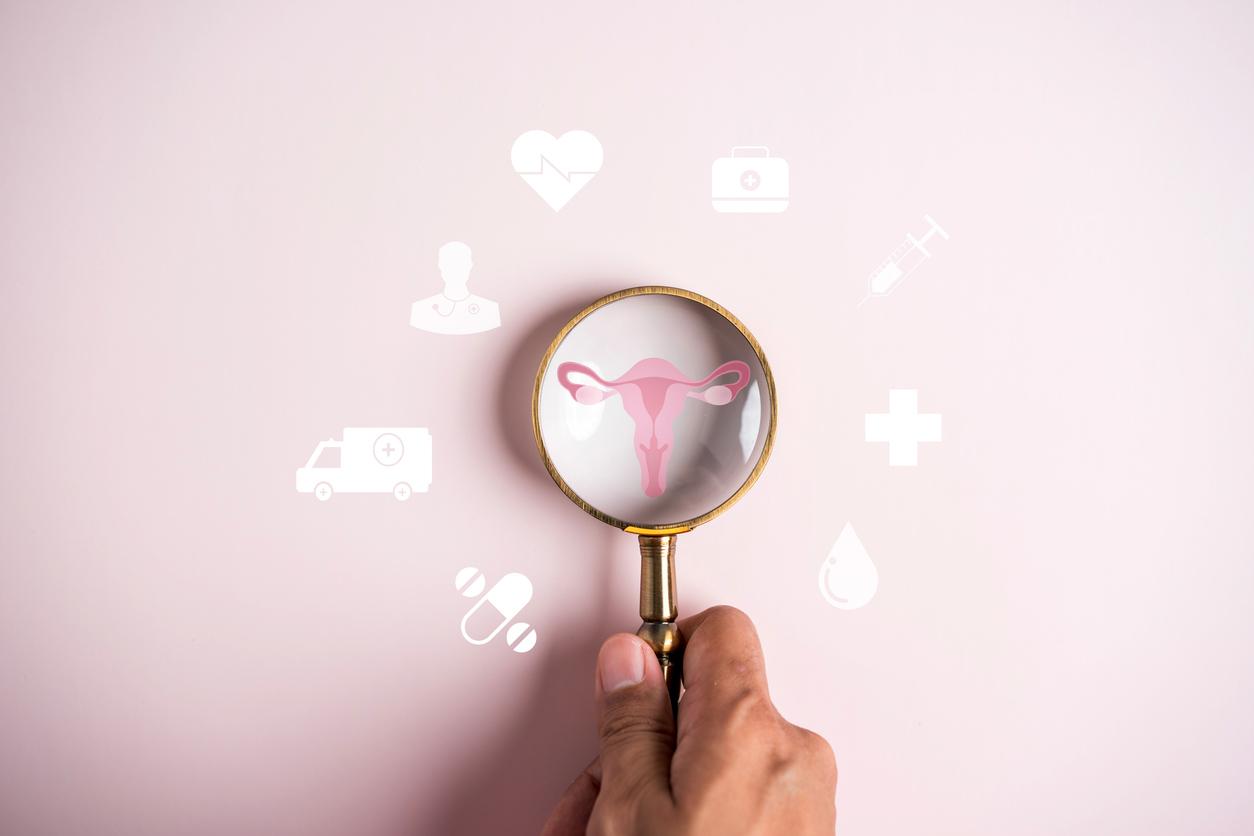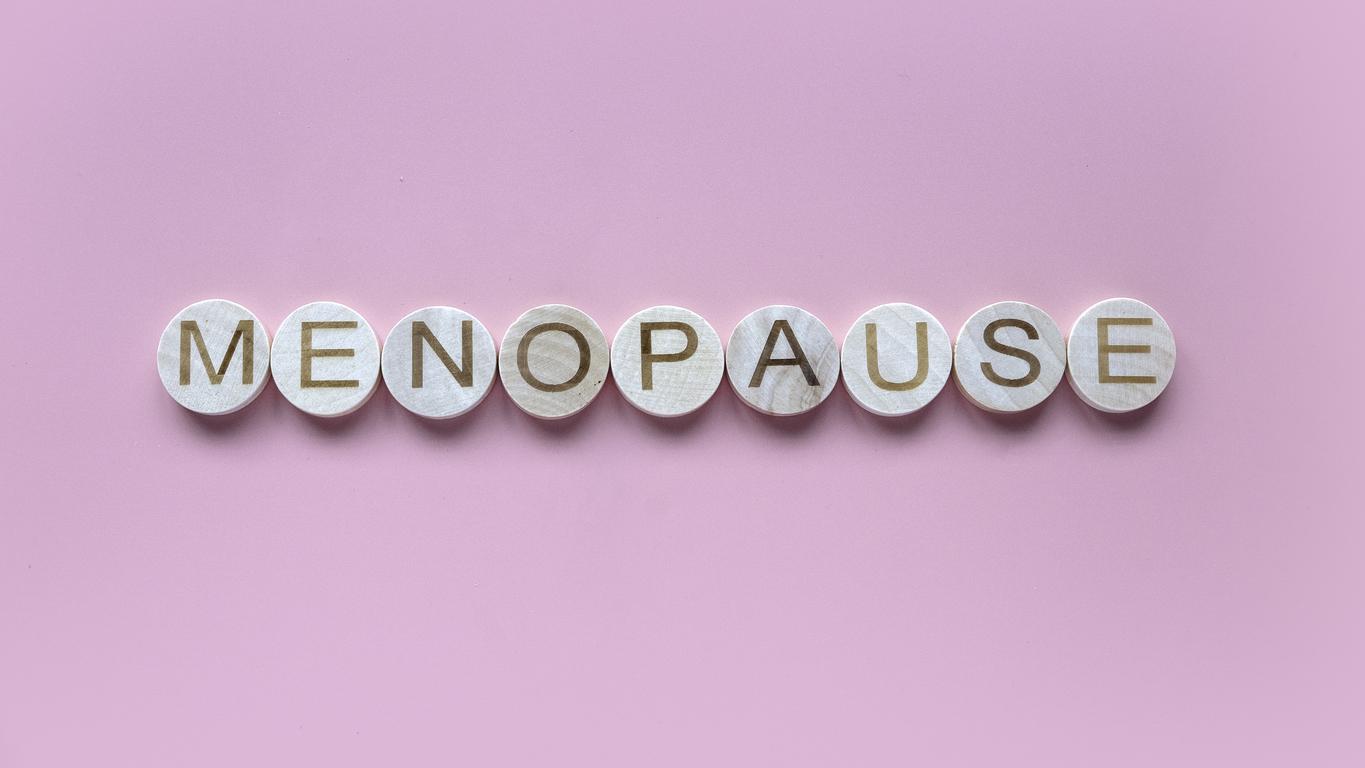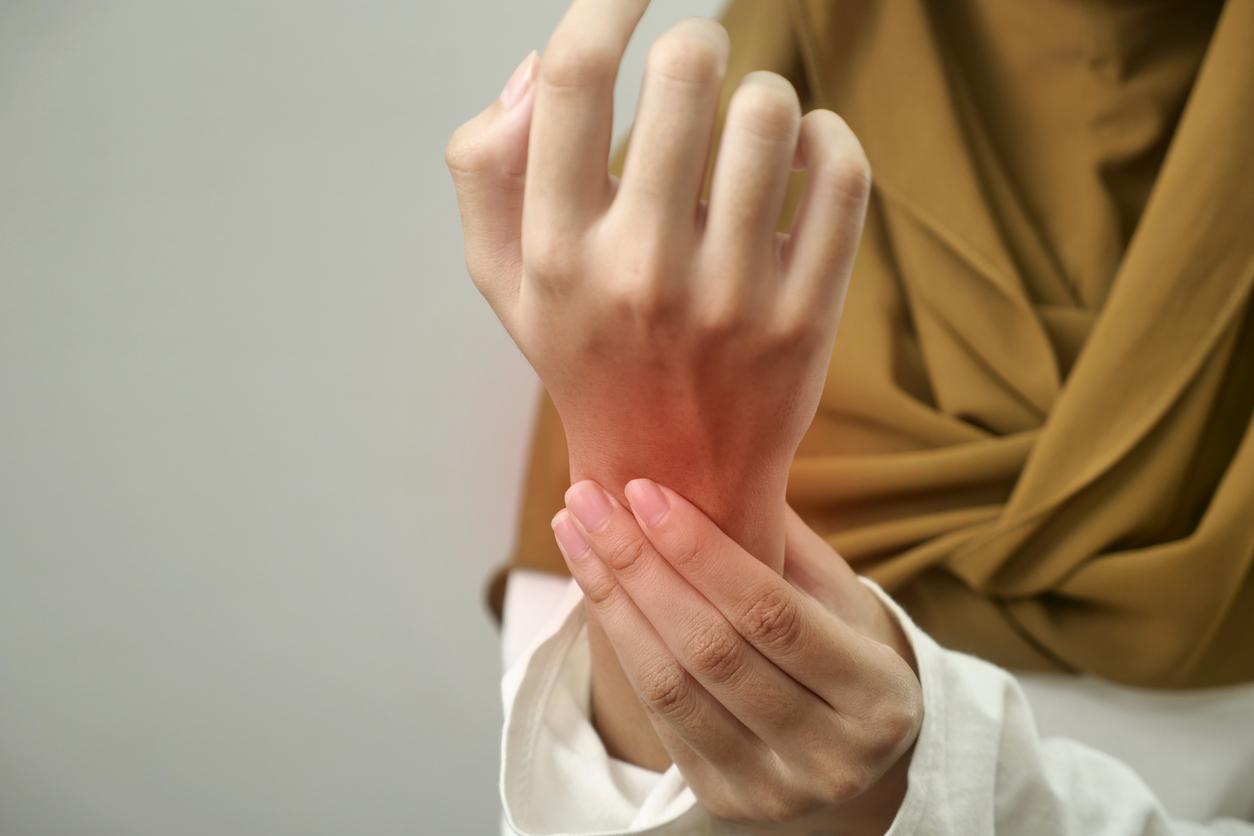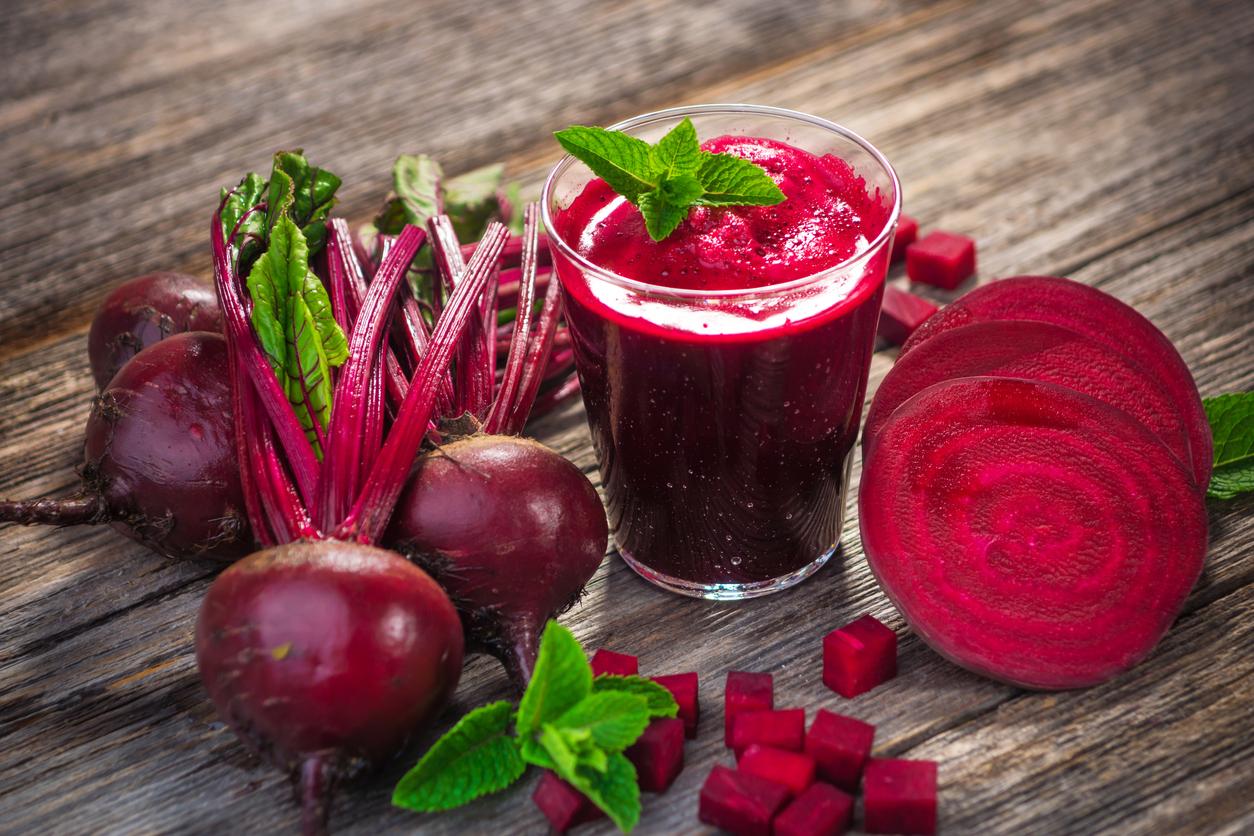The most famous and characteristic disorder of this period, the hot flush results in an intense, unpredictable and irrepressible heat wave, which most often inflames the face, neck and chest. But it can also cover the whole body or, conversely, be limited to the face. It generally lasts from thirty seconds to three minutes and ends with cold sweats, more or less profuse.
In some women, it is also accompanied by a sensation of palpitations andanxiety. It is downright unpleasant to “boil”: sometimes the clothes stick, the makeup melts and you have the impression of showing your intimate transformations in the eyes of all. One reassuring point, however: in the unanimous opinion of doctors and those around them, observers, in general, are not aware of anything.
Why do these “sweats” appear?
As we age, the ovaries respond less well to messages from the hypothalamus and thepituitary. These then intensify the orders to make them secrete hormones. But, its efforts remaining more and more ineffective, the hypothalamic center begins to function in an anarchic manner. However, in this same region is also the center of thermoregulation, the one that maintains the body temperature at 37 ° C. The control center of the ovarian function being deregulated, this causes by neighborhood turbulence of the thermoregulation center, which sometimes decides, irrelevant, to trigger a few puffs.
Do all women have hot flashes?
Vasomotor disorders affect three quarters of women. But their intensity varies considerably from one to another, and over time. The lucky ones will only suffer from it three times a week, while others will have their “vapors” ten times a day, which can constitute a significant inconvenience and a real professional and social handicap. THE’physical exercise could limit the frequency and intensity of hot flashes, allowing the body to better resist sudden changes in temperature. However, the phenomenon would be really disabling for a quarter of women. Their fate is not hopeless: the hormone therapy for menopause (THM) can overcome even the most intense flushes in two to four weeks.
Do emotions promote hot flashes?
Indeed, any emotion (stress, fear, nervousness, but also intense joy) can help trigger a hot flash. Proof of the importance of this psychological factor: it was found that taking a placebo, a bogus medicine with no real therapeutic effect, suppresses or reduces hot flashes in three out of ten cases. Likewise, embarrassment and anxiety will only make the seizure worse, which is why it is advisable to remain calm, and to act as if nothing has happened when it occurs. Your personality can thus influence the extent of the disturbances experienced. If you consider the phenomenon as natural and you welcome it serenely, you will suffer less from it. Easier said than done, of course, especially when this unpleasant surprise is added to an already fairly long list of daily stresses.
One of the best ways to stay calm is to practice physical activity which helps relieve stress. This can be an opportunity to adopt particularly relaxing disciplines, such as yoga, the qi gong, the tai chi, or even to join relaxation and sophrology courses. No way to feel guilty, however, if the hot flashes continue to plague your life. It is not all played out in the head, far from it.
Read also :
Hot flashes: alternative medicine solutions
Hot flashes at menopause: it would be genetic
Against the symptoms of menopause: fennel










